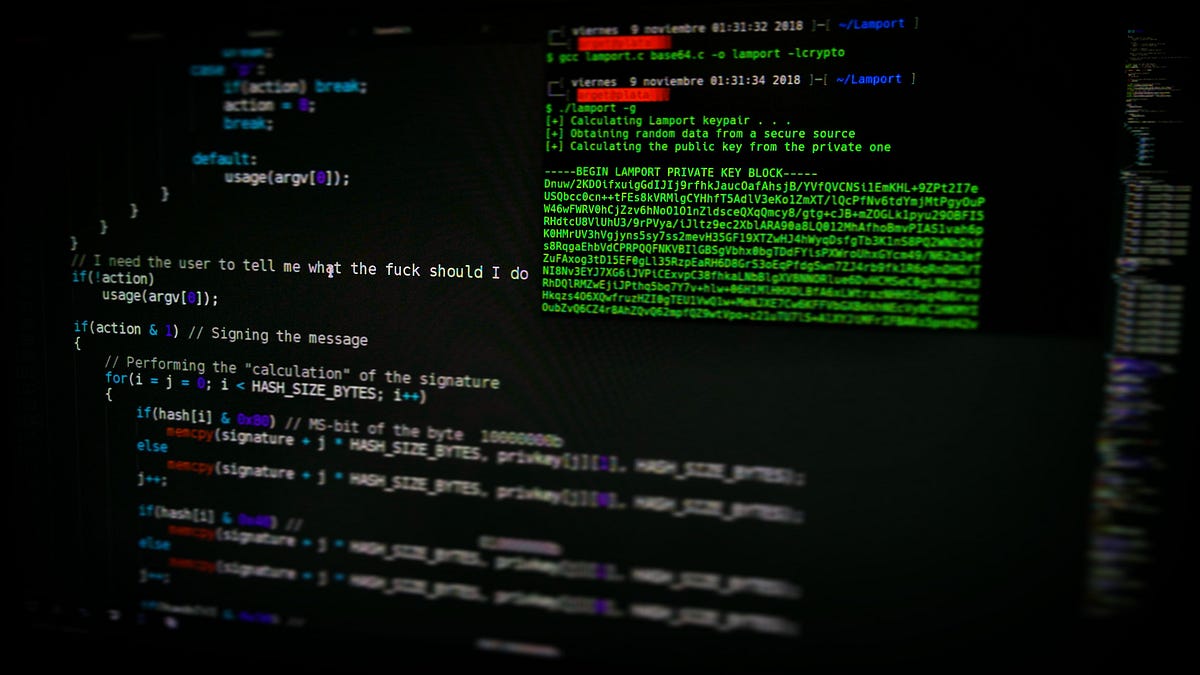Abstract
The DDoS attack is one of the most powerful hacking techniques over the internet. The base weapon that the hacker uses during these types of attacks is network trafficking to take down or crash websites. There are various subcategories of this attack, each category defines the way a hacker tries to intrude into the network. In this research, we have discussed an approach to detect the DDoS attack threat through A.I. model with over 96% accuracy. We have classified 7 different subcategories of DDoS threat along with a safe or healthy network.
Introduction
Distributed denial-of-service(DDoS) attacks target websites and online services. The objective of this attack is to jam the network or server with overwhelming traffic. It achieves effectiveness by utilizing multiple compromised systems as sources of attack traffic. There are different subcategories of DDoS attack based on the layer of the network connection they attempt to attack, with respect to the OSI model. Some of the subcategories that we classified through our research are SYN Flood, UDP Flood, MSSQL, LDAP, Portmap, NetBIOS.
Machine Learning and Deep Learning are one of the most common backbones of A.I. till day. We use these methodologies to solve problems in various domains with accuracy close to human performance. Once again we have tested the limits of A.I. in detecting threats in the domain of cybersecurity through this research. In this research, we did a thorough analysis of the logs generated during a DDOS attack, used supervised and unsupervised techniques for detection of threat, and finally used deep learning to achieve over 96% accuracy for classification of different types of DDoS threats along with the safe connection.
Data Pre-Processing
Processing the data was one of the first challenges faced by us. The data had 88 attributes or features. Processing such huge data within limited RAM memory was a really challenging task for us. So we downgraded the data type of the attributes, and hence reducing the memory usage of the data frame. Data-types of float64 are downgraded to float32, int64 to int32, int32 to uint32 and so on. We successfully reduced almost 42% of the initial size. Our data frame still had attributes or features with the maximum value close to infinite, so we also handled those data in the pre-processing stage.
#deep-learning #data-science #cybersecurity #infosec #machine-learning
